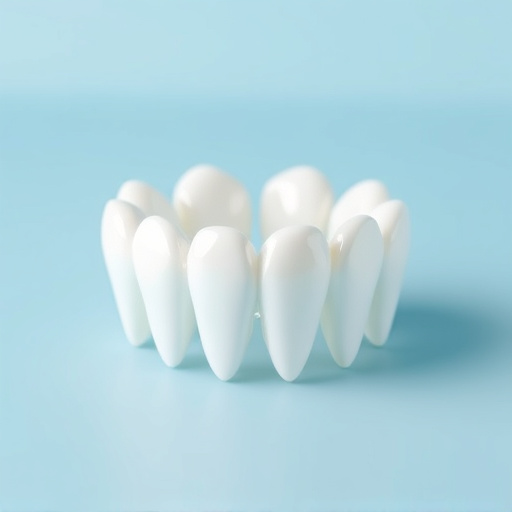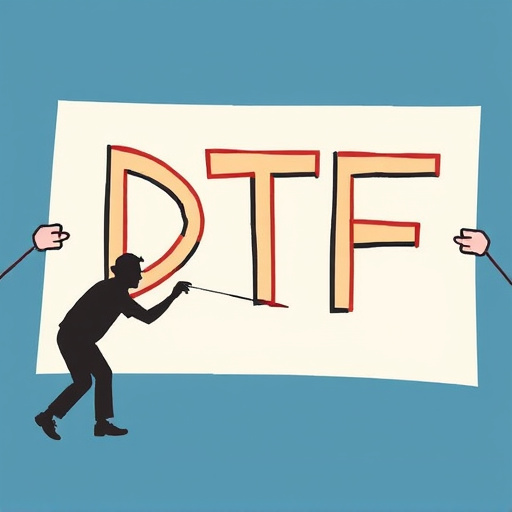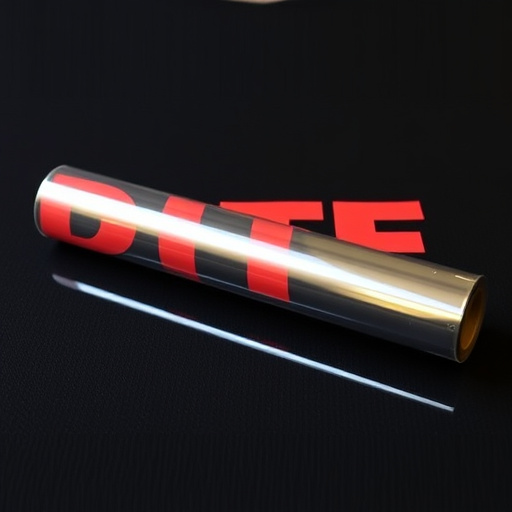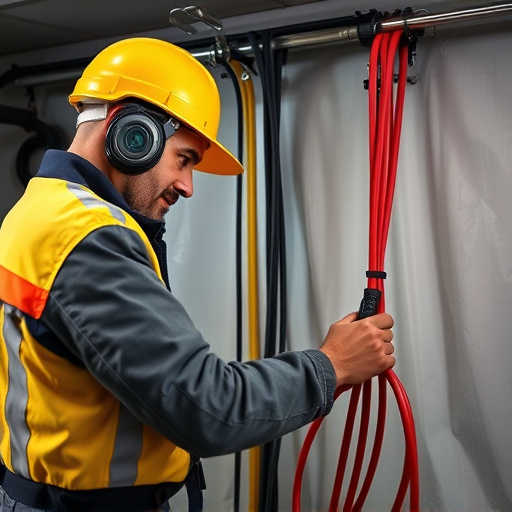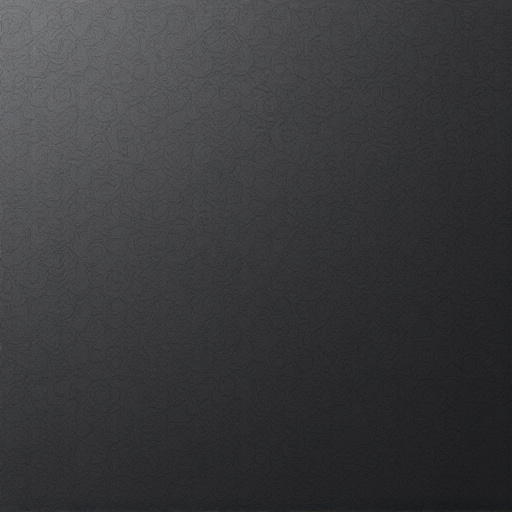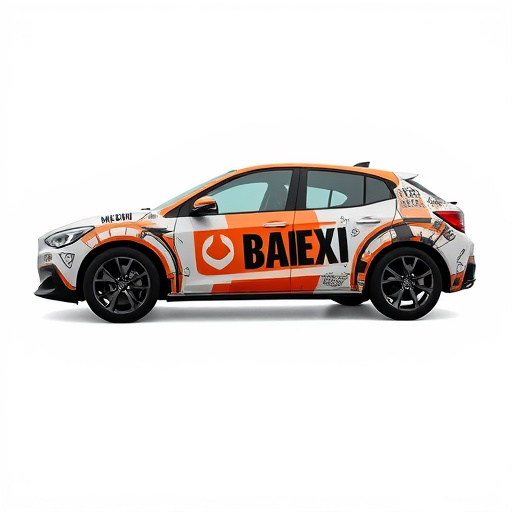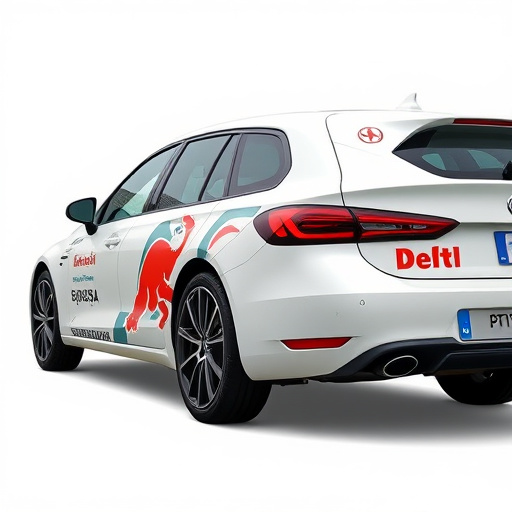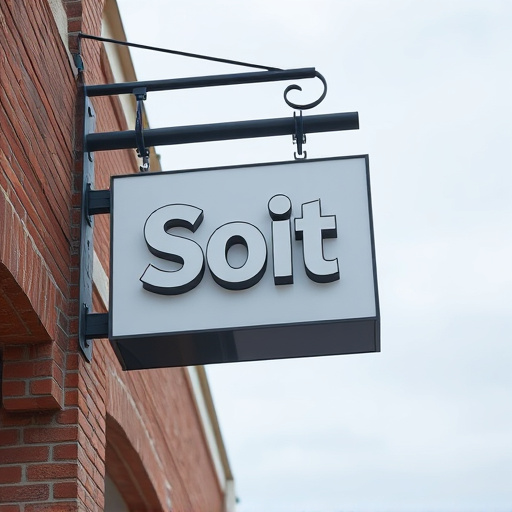In car graphic design, shapes are crucial for capturing attention and effectively communicating messages. Rounded shapes evoke smoothness and safety, while sharp angles convey speed or modernity. Strategic shape usage highlights vehicle features, being vital for promoting services like PPF installation, window tinting, and scratch protection. By aligning shape psychology with marketing goals, designers create compelling graphics that resonate with customers, showcasing service benefits. Custom graphics and wraps with geometric patterns enhance aesthetics and subtly communicate performance, luxury, or individuality. Window tinting adds privacy and exclusivity, enriching a vehicle's visual narrative. Effective car graphic design balances simplicity and complexity, fostering a meaningful connection between customers and their vehicles.
Delve into the captivating world of car graphic design, where shapes transcend mere aesthetics. This article unravels the psychology behind using shapes in automotive advertising, exploring their profound impact on visual perception. From the sleek curves evoking speed to angular designs signaling innovation, we decipher the symbolism and associations that shape our automotive landscape. Learn practical strategies for leveraging shapes effectively, transforming your car marketing campaigns into captivating visual narratives.
- How Shapes Influence Visual Perception in Car Advertisements
- The Symbolism and Associations of Common Automotive Shapes
- Effective Use of Shapes in Car Graphic Design: A Practical Guide
How Shapes Influence Visual Perception in Car Advertisements
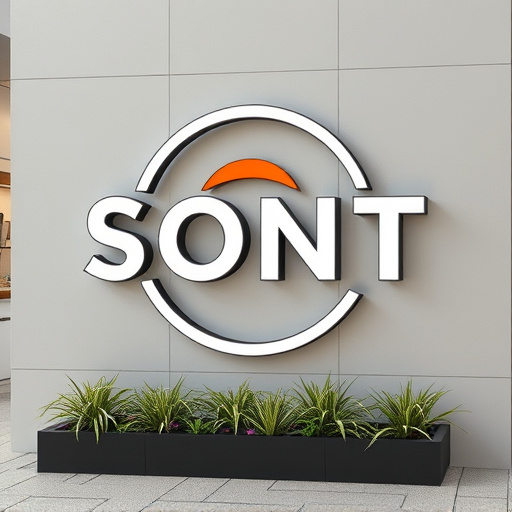
In car graphic design, shapes play a pivotal role in capturing attention and conveying messages effectively. The psychological impact of shapes is profound, influencing how viewers perceive and interpret visual content. For instance, rounded shapes often evoke feelings of smoothness, comfort, and safety—a subtle yet powerful association that can enhance the appeal of a vehicle’s design or advertisement. Conversely, sharp angles may signify speed, aggression, or modernity, manipulating the viewer’s perception accordingly.
In car advertisements, strategic use of shapes can highlight specific features like sleek lines emphasizing the curve of a car body or geometric patterns showcasing intricate details. This visual storytelling is especially crucial when promoting professional PPF installation, window tinting, or scratch protection services. By aligning shape psychology with marketing objectives, designers can create compelling graphics that resonate with potential customers, effectively conveying the benefits and aesthetics these services bring to a vehicle’s overall look.
The Symbolism and Associations of Common Automotive Shapes
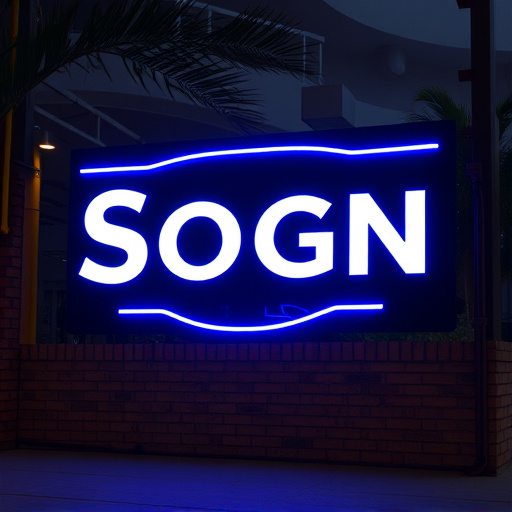
In the realm of car graphic design, shapes play a pivotal role in conveying symbolism and evoking associations that go beyond mere aesthetics. Curves, for instance, are often linked to fluidity and motion, making them popular choices for depicting speed and agility—a common motif in automotive advertising. On the other hand, sharp angles can convey strength, precision, and modernity, reflecting the cutting-edge technology associated with modern vehicles. Rectangles and squares, when used strategically, can emphasize stability and solidity, a desirable trait often associated with safety features and reliability.
The psychology of shapes extends beyond these basic forms; even subtle variations in their application can significantly impact how viewers perceive a vehicle. For example, the use of custom graphics or vehicle wraps featuring geometric patterns can enhance the overall aesthetic appeal while subtly communicating specific messages related to performance, luxury, or individuality. Window tinting, another popular car graphic design element, not only adds privacy but can also contribute to the perceived sophistication and exclusivity of a vehicle, further enriching its visual narrative in the minds of onlookers.
Effective Use of Shapes in Car Graphic Design: A Practical Guide
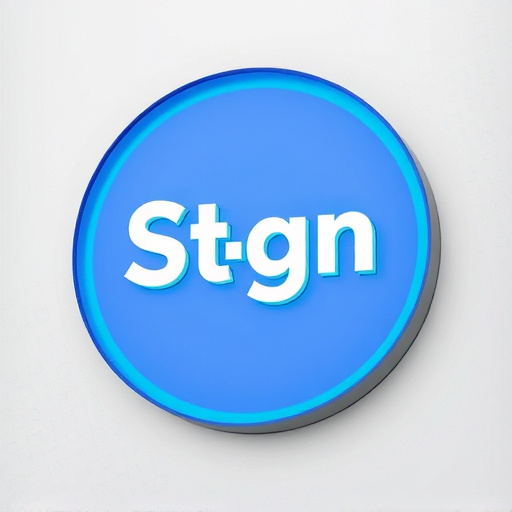
In car graphic design, shapes are more than mere aesthetics; they’re powerful tools that can convey messages, evoke emotions, and enhance vehicle appeal. The effective use of shapes involves a strategic combination of simplicity and complexity, aligning with the vehicle’s overall aesthetic and purpose. For instance, bold geometric forms can instantly catch the eye, highlighting key features or brand identity, while subtle curves can lend fluidity and dynamism to a design.
Practical guides for car graphic design emphasize the importance of balance and contrast in shape selection. Complementary shapes that work together harmoniously create visual interest without distracting from the main focus—be it showcasing a vehicle’s sleek lines, emphasizing its robust engine, or highlighting unique customization details. Moreover, considering the context of the target audience and the intended use of the vehicle ensures that the chosen shapes not only visually enhance but also resonate with the customer, fostering a deeper connection between them and their automobile through effective car graphic design.
Car graphic design leverages shapes to capture attention, evoke emotions, and communicate key features. Understanding how different shapes influence visual perception and carry symbolic meanings allows designers to create compelling car advertisements. By effectively using geometric forms and their associated psychological effects, designers can enhance brand identity and appeal to target audiences, ultimately driving engagement and sales in the competitive automotive market.
